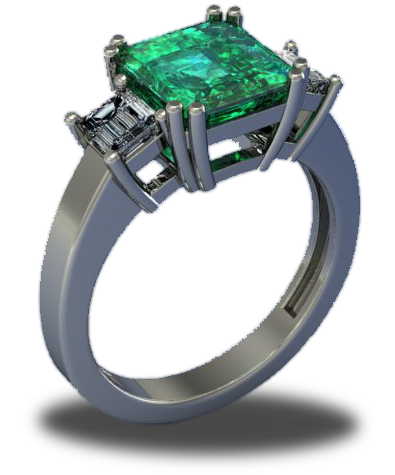Rich, Vibrant, the Ultimate Green Gemstone

An emerald must be predominately green in order for it to truly be called an emerald. If an “emerald” is to blue or to yellow it cannot be classified as emerald. Like ruby and pink sapphire, the color of an emerald must be dark enough for it to be called emerald. If an emerald is to light in color most gemologists and gem labs consider it
